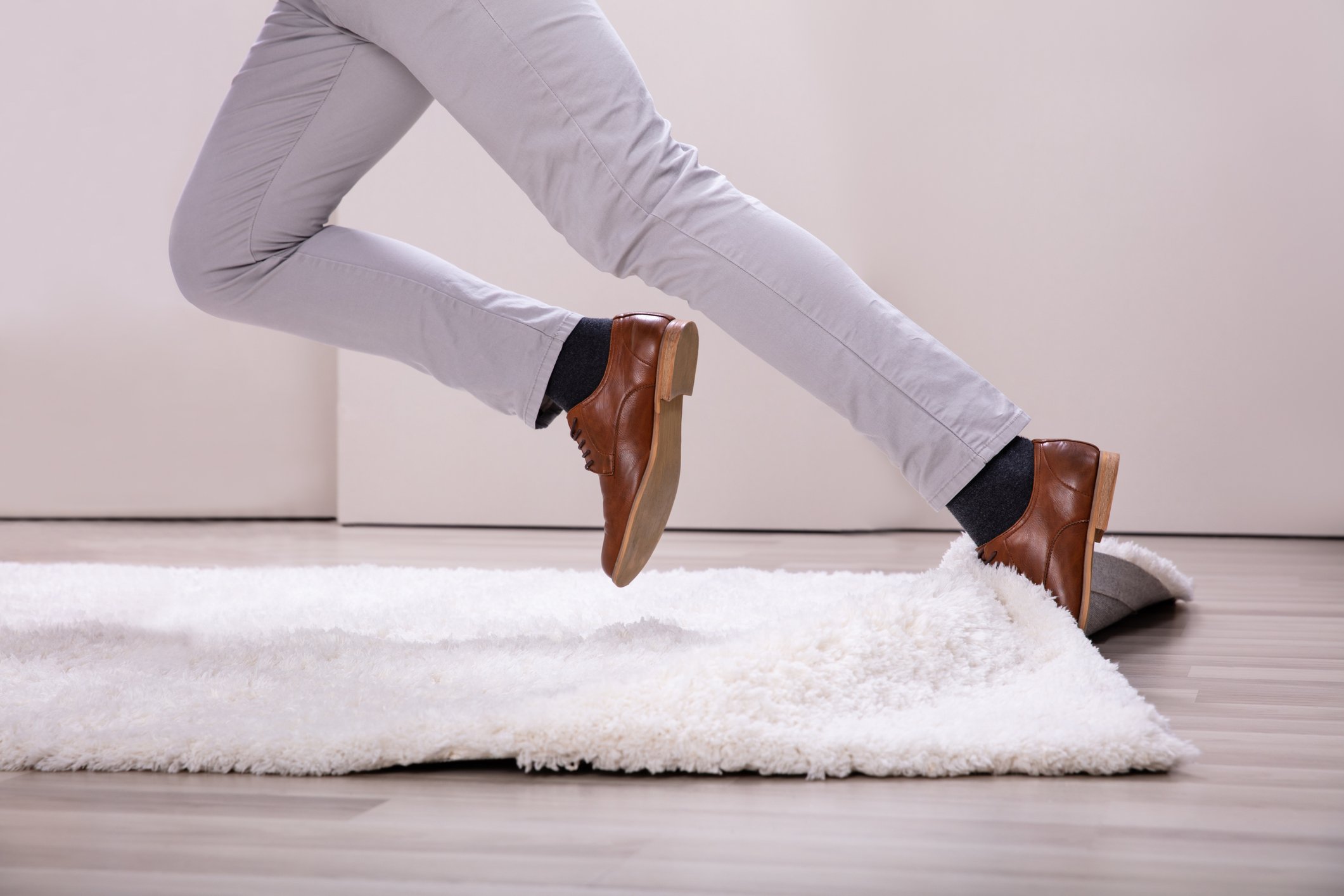
According to the Centers for Disease Control and Prevention, every year in the United States, 2.8 million seniors are treated in the emergency room for fall-related injuries, resulting in “800,000 hospitalizations and more than 27,000 deaths.”
From a different perspective, that’s one senior treated every 11 seconds and one senior death every 19 minutes. Citing those grim statistics, it’s not surprising that “The financial toll for older adult falls is expected to increase as the population ages and may reach $67.7 billion by 2020.”
To help bring national attention to this health threat, the National Council on Aging has declared September 21- 25 Falls Prevention Awareness Week. For seniors, however, taking steps now and all year long to prevent falls is key to staying healthy and out of the hospital. Just a few simple changes can make a big difference.
Get in Shape, Stay in Shape
Exercise and regular physical activity can go a long way to helping prevent falls. The more fit a senior is, the better their balance and the less likely they are to fall. Toward that end, NCOA offers a number of resources for seniors to locate an exercise program that is perfect for them. Among the many creative programs are some for people of every fitness level, as well as for seniors with disabilities and conditions like osteoarthritis.
In Jackson County, for example, the program, “A Matter of Balance” is an 8-week evidence-based workshop designed to teach seniors how to control falls through increased physical activity and make environmental changes to eliminate fall hazards at home. For those who need assessment, Henry Ford Allegiance Hearing Center will conduct balance testing with a physician’s referral. (Keep in mind many senior programs have been temporarily suspended group functions until COVID-19 has abated.)
Another great source of senior exercise options is YouTube, offering a range of exercise options from stretching to chair exercises to yoga, all for seniors to participate in at home, even during the winter. Before starting, however, it’s always a good idea to clear new exercise routines with a physician.
For more exercise ideas for seniors, our blog “Senior Fitness: Keep Your Body Healthy for the Long Haul,” offers ideas about what to do, and what to avoid.
Lighten Up
One of the changes that occurs with aging is diminished vision. A number of conditions like cataracts, dry eyes, glaucoma, and even drooping eyelids can make it more difficult to see, especially when light is low. As the dark days of winter approach, now is a good time to evaluate home lighting to make sure it is available and bright enough.
Keep in mind the following tips from thespruce.com’s blog, “11 Lighting Tips for Seniors
How to Light Your Home for Changing Vision.”
- Opt for “cooler” light, typically from halogen or fluorescent bulbs, rather than “warmer” light from incandescent bulbs.
- Keep lighting consistent to limit contrast and distractions.
- Add more lighting in places where activities such as reading, doing crafts, etc. take place.
- A well-lit kitchen is a safer kitchen, so place light in areas where food preparation and cooking take place.
- Make lighting as adjustable as possible.
- Place light switches in easy-to-reach spots.
When it is time to replace old light switches, choose illuminated switches that make them easy to locate in the dark.
Assess and upgrade for safety
Another very important fall prevention tactic is to assess hazards in all living spaces. Among the most hazardous are slippery bathtubs and showers which can be downright deadly for the elderly. When possible, consider using a bath seat and detachable shower head to minimize time spent standing. Installing grab bars is also smart and can help getting in out and up and down.
Also risky are loose rugs and carpet, which should be tacked down or removed/repaired. Inspect stairways and check for trip hazards like items left there in stacks or containers, and any loose carpet or treads. Routinely inspect handrails as well to ensure they are securely attached and safe for use.
High-traffic areas should also be cleared of furniture, magazine racks and any other items that could cause a fall, and any loose electrical cords should be secured out of the way.
For a complete checklist of home hazards to be aware of, SheildMySenior.com’s blog, “Proven to Protect You – The Ultimate Elderly Home Safety Checklist,” can help make sure you don’t miss a thing.
Take advantage of technology
Although falls are not inevitable for every senior, one in four Americans age 65 or more do fall every year. Rather than hope for the best, be prepared ahead of time to get help quickly if a fall does occur. Even if a senior has a regular caregiver or a spouse or friend living with them, the faster a fall is reported the sooner help will arrive.
There are lots of personal alarms available for fall detection, but safehome.org narrows them down for overall detection, best equipment, best value, and most experienced, in the blog, “List of the Best Fall Detection Medical Alert Systems in 2020.” Another review site is consumersadvocate.org. The blog “10 Best Medical Alerts of 2020” provides a list of medical alert services available in each state.
Staying safe and eliminating fall risk can not only enhance the quality of life for a senior, it could save their life too! If your senior needs more help than can be provided to stay safe at home, it may be time to consider assisted living where onsite help is available 24/7, 365.
For more information about Countryside, please call Margaret Nagel at (517) 206-5000 or download our brochure to learn about our care levels, cost, and amenities.

